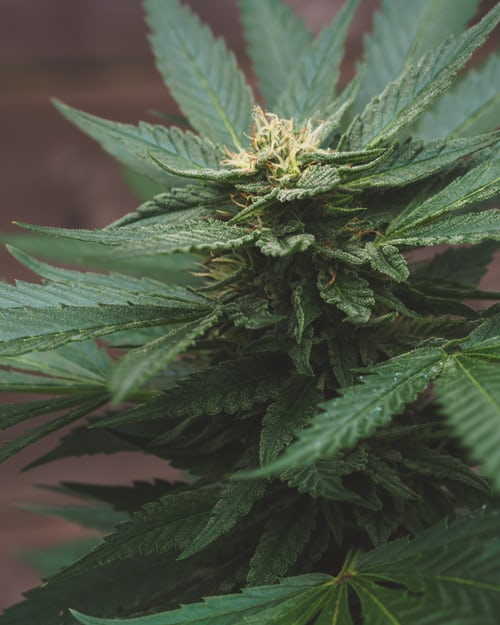U.S, February 21, 2020 (CANNABISBUSINESS) A new pre-clinical study from Cannabics Pharmaceuticals finds CBN, CBC and their acidic forms to be effective against human colon cancer cell lines.
Last week, Cannabics Pharmaceuticals announced new pre-clinical findings on the cannabinoids cannabinol (CBN) and cannabichromene (CBC) and their acidic forms, CBNA and CBCA, demonstrating their efficacy against human colon cancer cells.
The new research builds on previous investigations by the U.S.-run company whose Israeli research labs focus on understanding and developing personalized cannabinoid medicine for cancer and the side effects of conventional cancer treatment.
What Is CBN?
This mildly intoxicating cannabinoid is a natural byproduct of Δ9-tetrahydrocannabinol (THC), the primary psychoactive component of non-hemp cannabis cultivations. It is formed when THC, or its parent cannabinoid cannabigerol (CBG)—notably found in higher concentrations in hemp cultivations—are exposed to oxygen and light.
Similarly, CBNA is the non-intoxicating oxidative byproduct of these cannabinoids still in their acidic forms, THCA and CBGA.
Generally found in minute amounts, CBN content in cannabis flower can increase over time and with improper storage. However, unlike a bottle of wine soured from exposure to air, cannabinoids don’t go “bad” in the traditional sense; they simply change into new types with their own mechanisms of action and potential for therapeutic effects.
In its neutral or heated form, CBN has a higher affinity than THC for CB2 receptors which are predominantly expressed by the immune system. Research, like the 2009 investigation published in Expert Reviews in Molecular Medicine, has shown an emerging role for CB2 receptors in immune system balance and therapeutic modulation. A 2017 review of the molecular targets of phytocannabinoids also mentions that, like CBG, CBN engages with the menthol receptor TRMP8 in a manner relevant to colon cancer therapy.
What About CBC?
Stemming from a recessive gene variant, cannabis plants rich in CBC are rare; but many cultivations have measurable amounts. While prolific breeding efforts may yet produce CBC-rich plants in full flower, research describes substantial quantities of this cannabinoid at flower maturity as uncommon, whereas higher concentrations have been found during vegetative stages.
Like CBG, a lack of affinity for the cannabinoid receptor associated with intoxication, CB1, allows CBC to work without hampering physical and cognitive functioning. With activity similar to that of CBN and CBG, as described in the molecular target study linked above, CBC’s engagement at menthol receptors may also play a role in its ability to propel colon cancer cell death, as demonstrated in the Cannabics Pharmaceuticals study.







